Training the RAF for more than 100 years
ON May 15, 1941, at around 7pm, Gerry Sayer was in a briefing room at Cranwell going through his final instructions on the prototype he was about to pilot, many at the Lincolnshire site with their fingers firmly crossed as he left to board a plane that was a far different beast from the aircraft that had spent the previous two years defending Britain from the threat of the Luftwaffe.
The Gloster E28/39 had a nose design described by some as resembling a basking shark, its appearance a compressed version of a typical aircraft, soon gaining the nickname the Squirt, it was said to sound “like a whistling kettle on the boil”.

(The first E.28/39 prototype W4041/G)
Fortunately, the Gloster didn’t boil over, and the 17-minute test flight proved successful, the jet-propelled aircraft reaching speeds in excess of 500mph. One of the most attentive watchers on the ground was Frank Whittle, the brainchild of the aircraft that was about to test air flight to its limits, 18 years after he arrived at Cranwell as a fresh-faced teenager.
Whittle and Gloster’s plane is available to view today in the Science Museum in London, and more than 80 years later, RAF College Cranwell remains a centre for training and testing the future Gerry Sayers, the Royal Air Force College, RAFC, located on site, overseeing all RAF Phase 1 Training.
RAF Cranwell Vintage Style Print - £29.99
Dubbed the RAF’s Sandhurst, it is considered the service’s spiritual home, honing the skills of those keen to serve their country, with No. 3 and No. 6 Flying Training Schools, FTS, amongst a host of units based there: No. 3 FTS delivers the elementary training for fixed wing and multi-engine student pilots from the RAF and Royal Navy, with No. 6 FTS overseeing all University Air Squadrons across the UK.
Current flight training is initially carried out using the two-seat turboprop Grob Prefect T1 in conjunction with the nearby station, Barkston Ash; aircrew then move on to training by No. 45 (R) Squadron, which operate the Embraer Phenom T1.
Cranwell was the world’s first Air Academy when it opened back in 1916, a year after 2,500 acres of the Earl of Bristol’s Lincolnshire estate was requisitioned by the Admiralty, launched as Royal Navy Air Station, RNAS, Training Establishment Cranwell. Two years later the creation of the Royal Air Force from the Royal Flying Corps saw Cranwell take the RAF moniker, the entry point for those with the desire and ability to become officers in the service, and where they would be tested to their maximum capabilities.

(Lord Trenchard inspecting cadets)
The College at Cranwell was established in 1920 by Sir Hugh Trenchard, the first Chief of the Air Staff, and, as previously mentioned, among its most revered cadets was the man who became Sir Frank Whittle: he signed up at the college in 1923 under an assumed name, almost 20 years before he returned to oversee Sayer’s inaugural flight.
Sir Frank formulated many of his ideas for the jet engine he pioneered while training at Cranwell, regularly coming into conflict with authorities, most notably for testing aircraft to the limits of their capabilities. He arrived to train as a fitter aged just 16, several months after he’d been rejected by the RAF at Halton in Buckinghamshire after failing the medical, twice, hence his registration using a pseudonym.

(Frank Whittle adjusts a slide rule while seated at his desk at the Ministry of Aircraft Production)
After his three-year apprenticeship he joined RAF College as a Flight Cadet, learning to fly on Armstrong Whitworth Siskins and Bristol F2 Fighters. His desire to see exactly what the aircraft were capable of saw the police catch him low-flying over Sleaford on more than one occasion, receiving a penalty of 28-days restrictions for his troubles.
A concrete runway was constructed in 1928, seen as the first real runway in Great Britain, the idea to experiment with long-range flights from Cranwell – the length of the main runway was extended to almost a mile in 1939, and further extended beyond 2,000m, the current dimensions today. With training taking place in old naval huts, 1929 saw work start on constructing College Hall, the neo-classical building that epitomises Cranwell today, the project taking four years to complete.
While testing was very much part of Cranwell’s role during the Second World War and many young men came through its doors to train as pilots, the officer cadet training centre closed for its duration. It did, however, remain a target for the German Luftwaffe, but the college itself was never targeted, with claims Luftwaffe supremo Hermann Goering wanted it as his HQ – its only damage coming in March 1942, when a Whitley bomber crashed into the western section.

(College Hall)
During the 1950s officer training courses were expanded from two to three years: basic training on Piston Provosts and advanced on Gloster Meteors or de Havilland Vampires. All flying training took place at the college until as late as 1959; while cadets still received their wings at Cranwell, advanced training was moved to RAF Ossington or RAF Valley.
Sir Frank Whittle returned to Cranwell in the early 1960s to open the newly-built centre named after him, the College expanding its repertoire to allow cadets to gain degrees in a variety of subjects, and in the early 1970s the RAF introduced the Direct Entry Scheme, where a graduate in any discipline from any university can be admitted into the service after undertaking a training programme at Cranwell.
In 1971, King Charles III (Prince Charles at the time) attended Cranwell, training on Provosts before receiving his wings. His arrival for the four-month attachment was far from usual, the heir to the throne, having already gained his private pilot’s licence, flying in piloting a twin-engined Basset of The Queen’s Flight.
His passing out parade was attended by his father, HRH, The Duke of Edinburgh, and King Charles III has continued the support of the Royal Family for Cranwell, regularly attending graduates’ passing out parades, most recently in April this year.




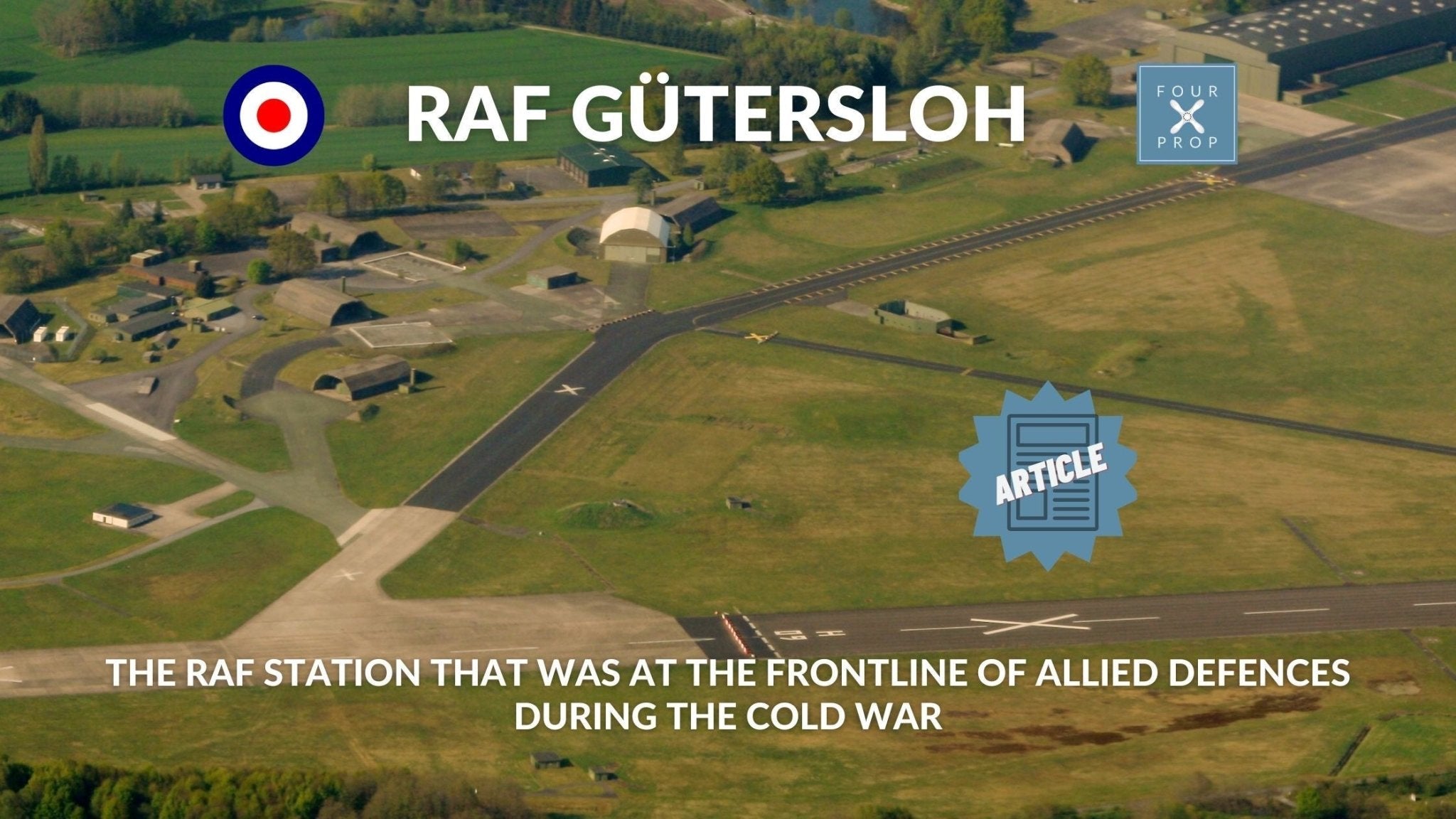
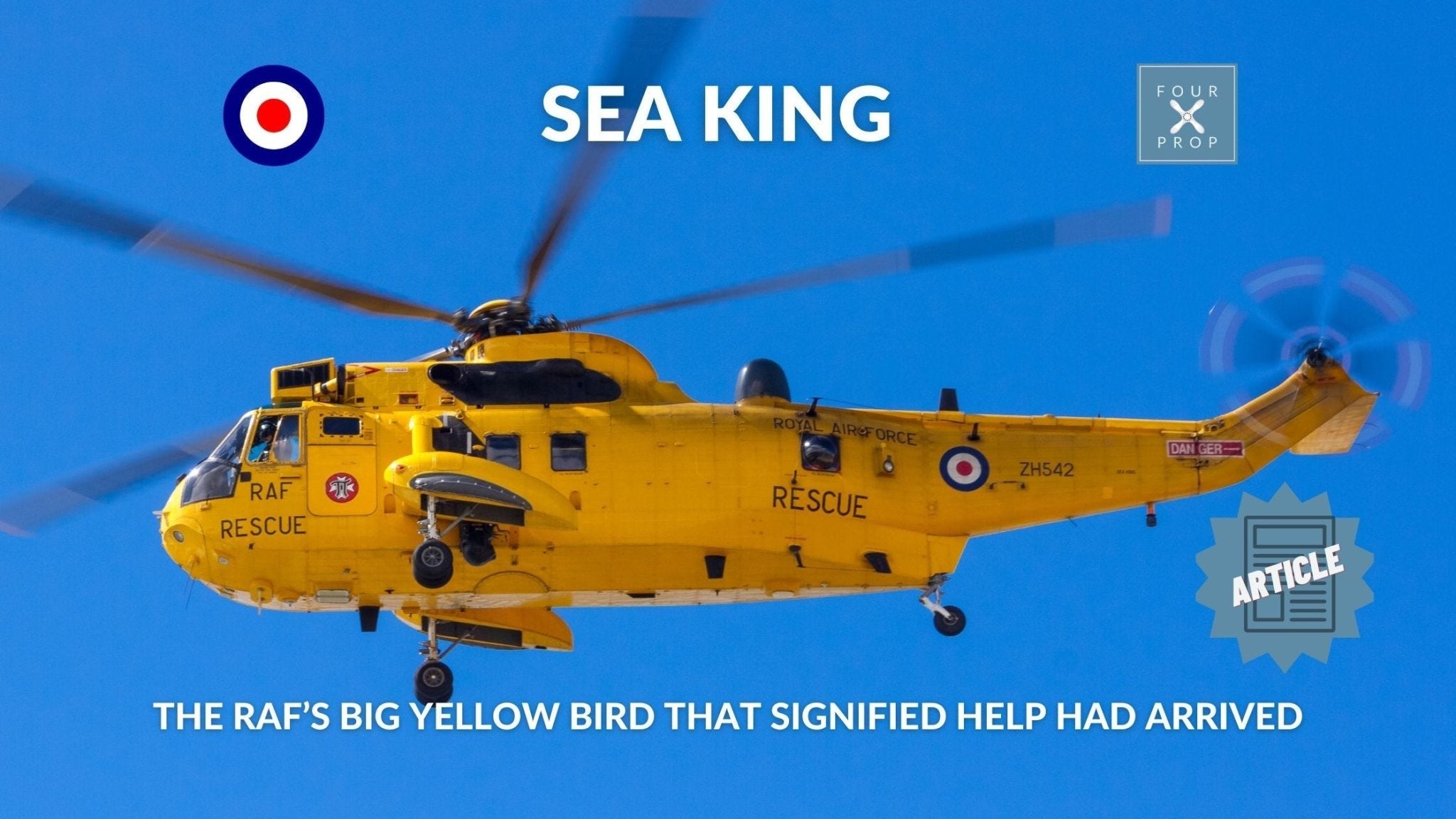
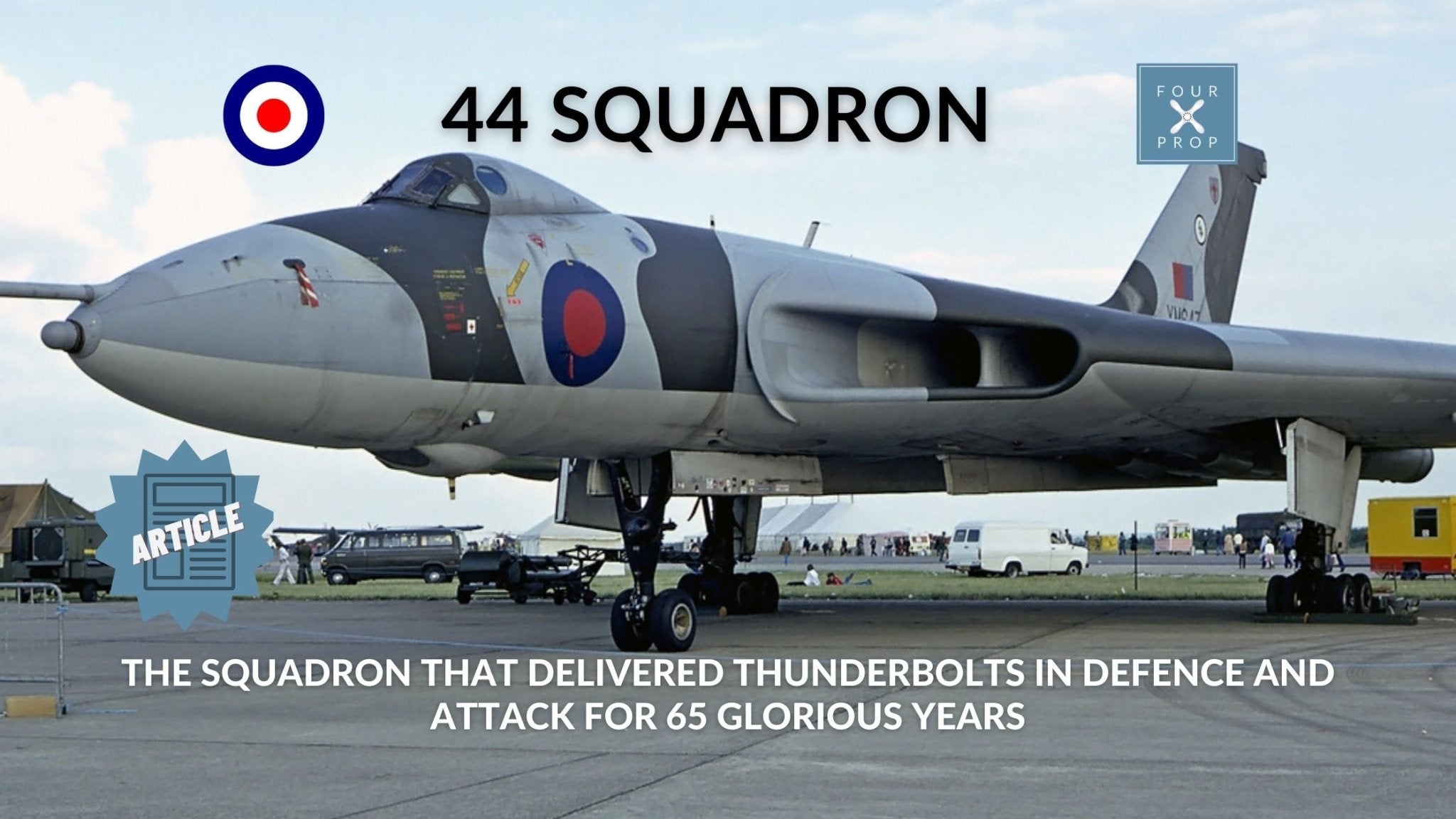
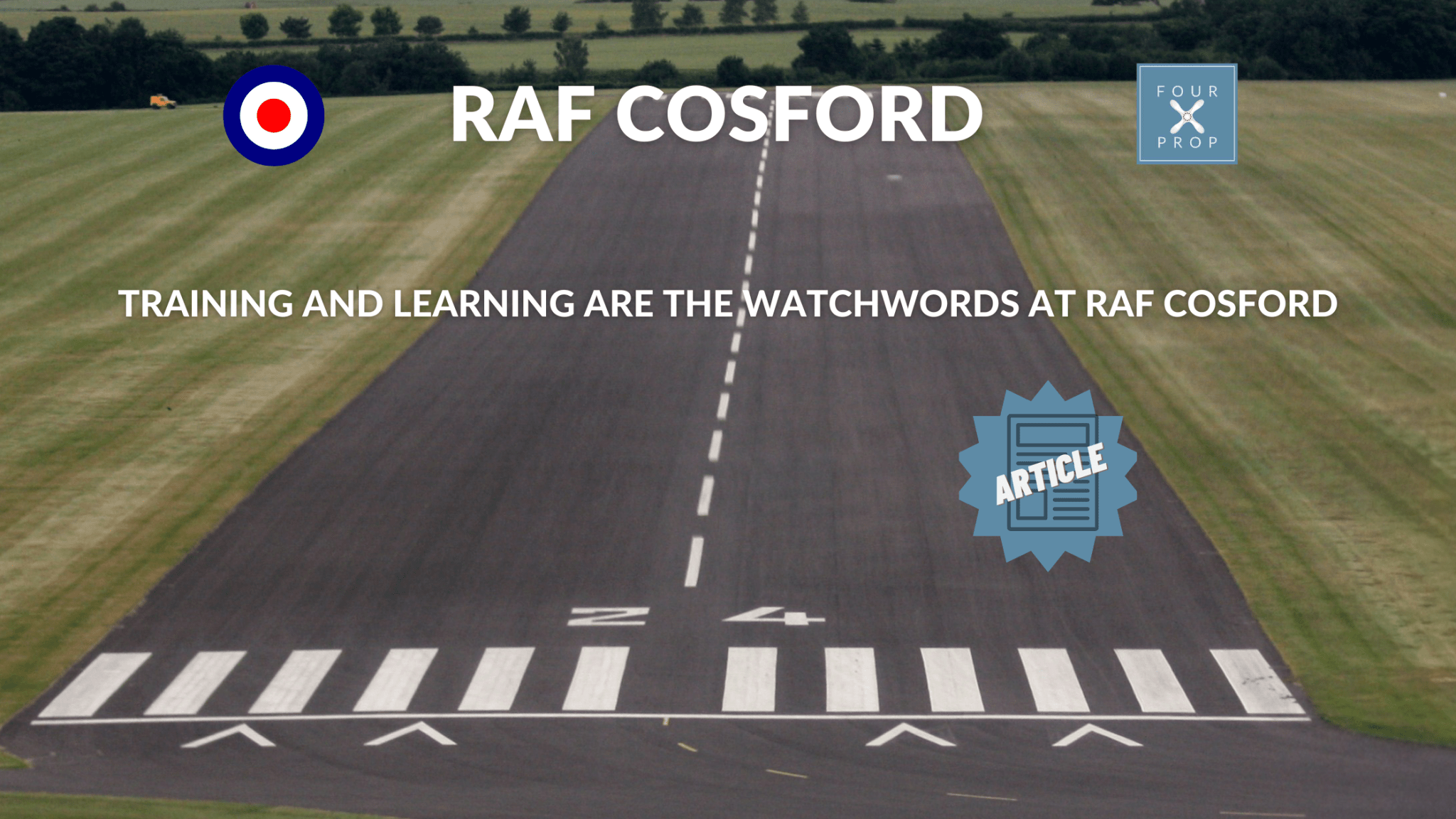
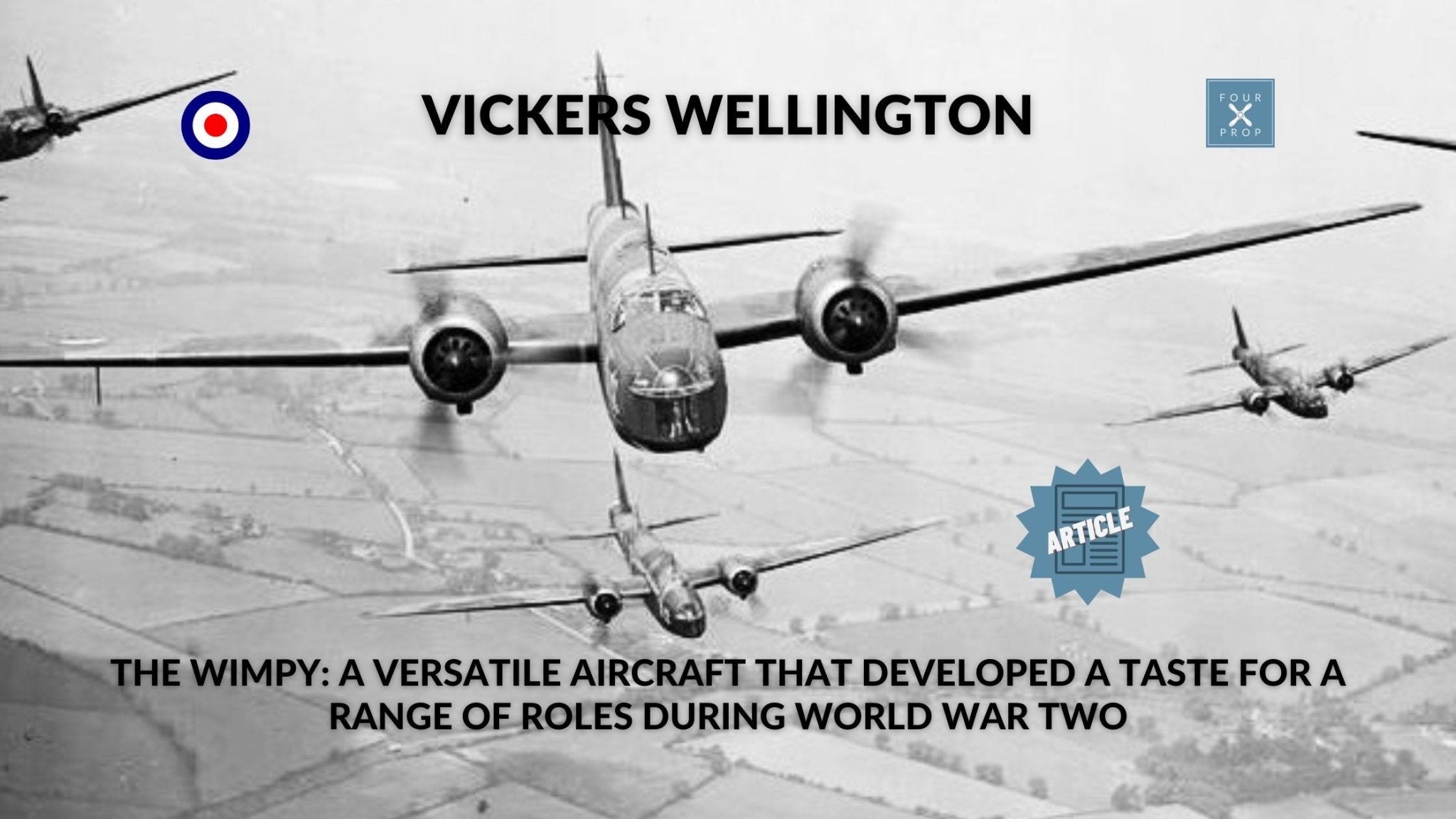
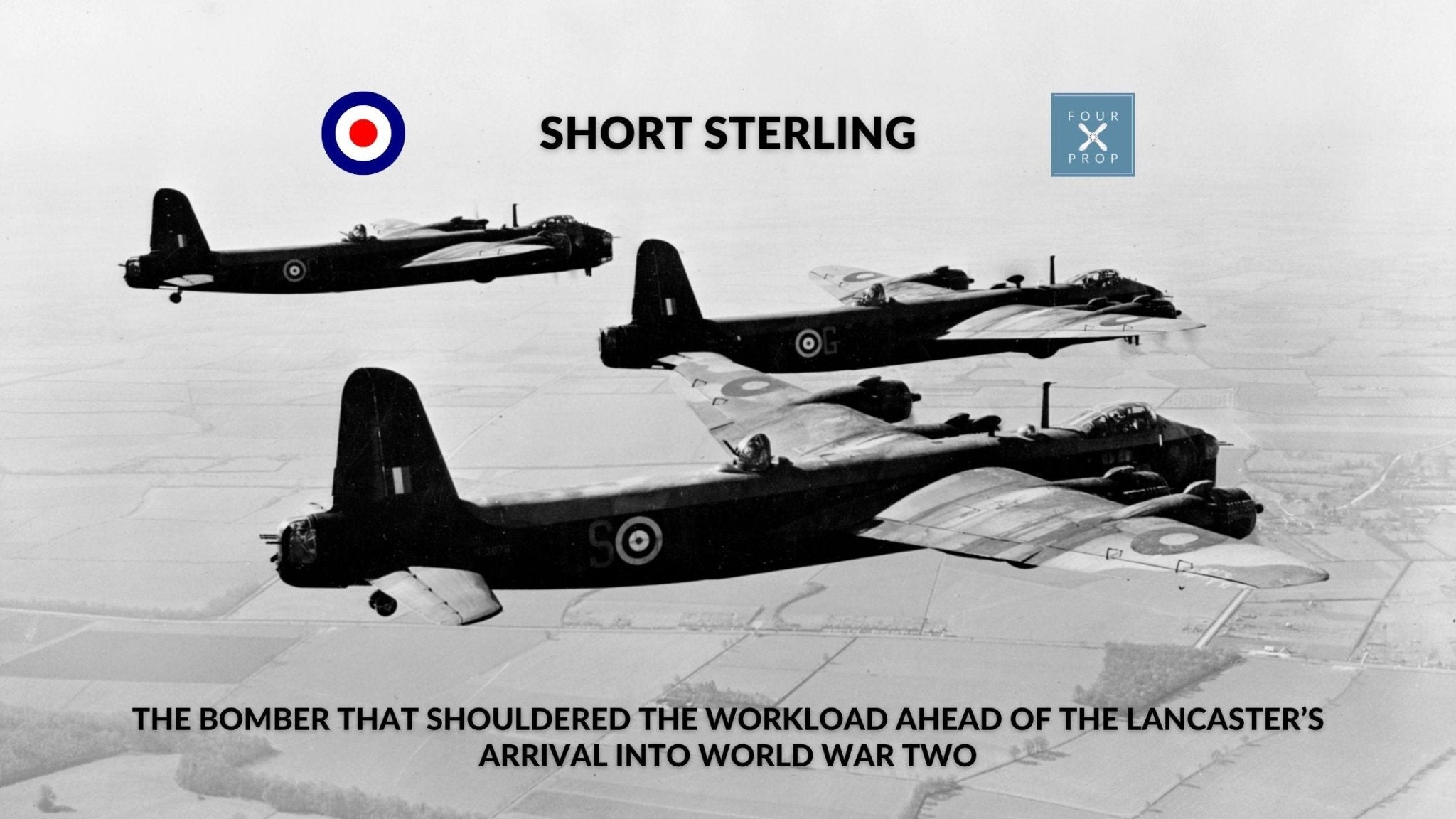
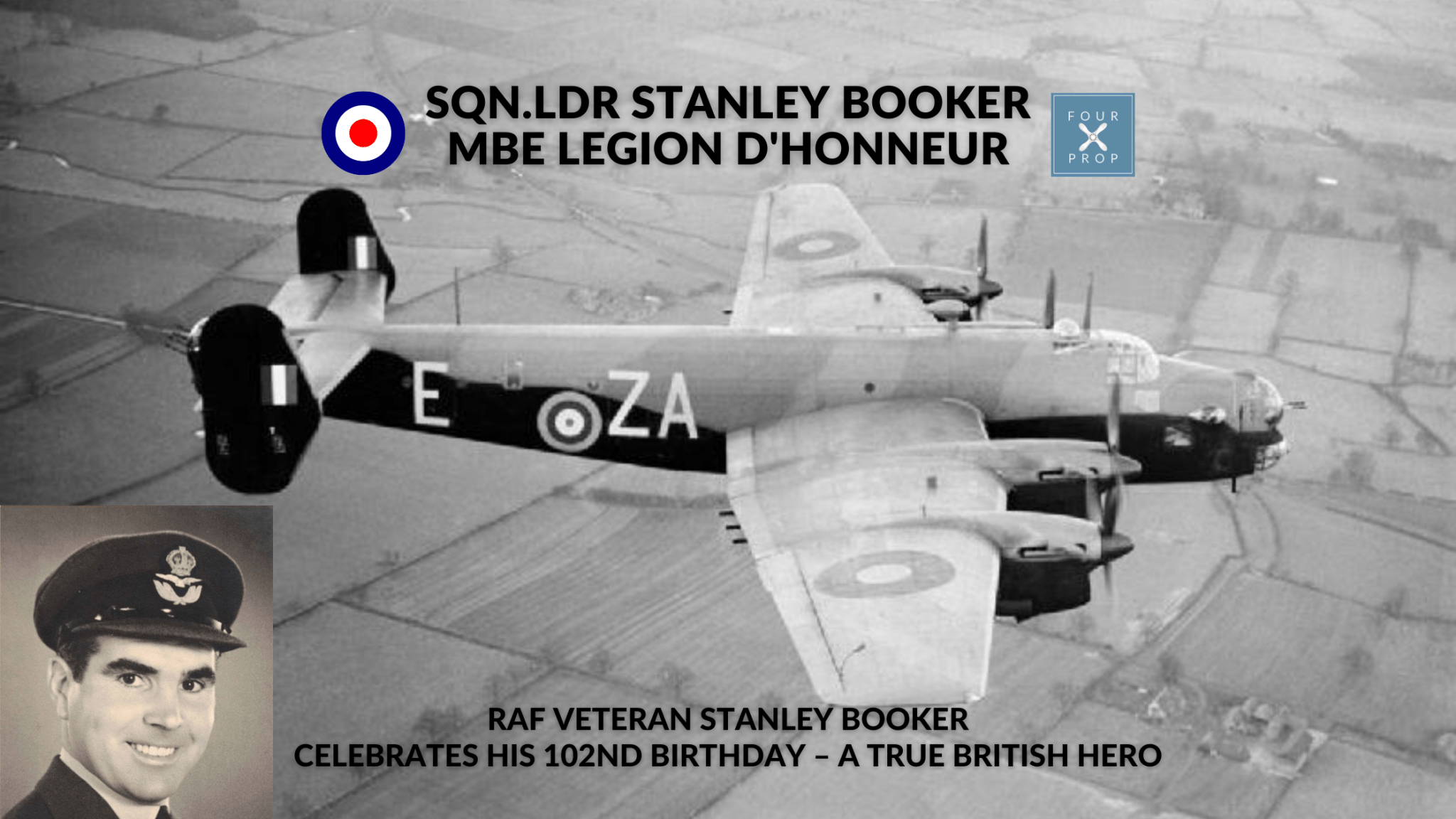
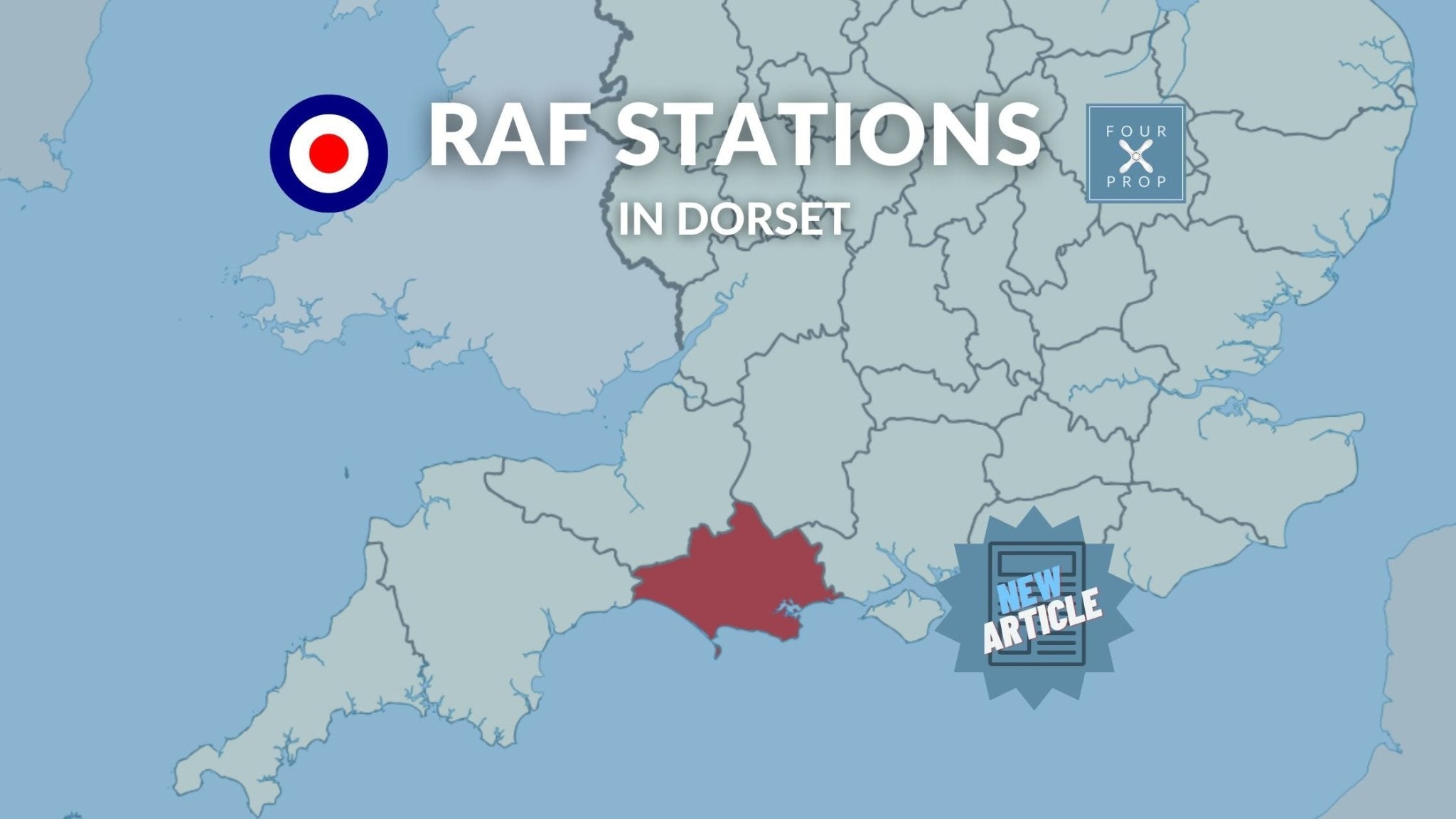
In the Cranwell article the other airfield used by the trainee pilots is RAF Barkston Heath, not Barkston Ash as stated.
Up to the late 70’s, there was an Officer Cadet Training Unit (OCTU) based at RAF Henlow.
As I was just one of The RAF Henlow Ceremonial Flight. A Flight initiated, supervised and trained by a well respected SNCO Flight Sergeant A. A. James, We were requested to march the last OCTU off camp, before being transferred to RAF Cranwell. For that we got three cheers from the trainee officers, no drinks, just three cheers. A memory never to be forgotten.